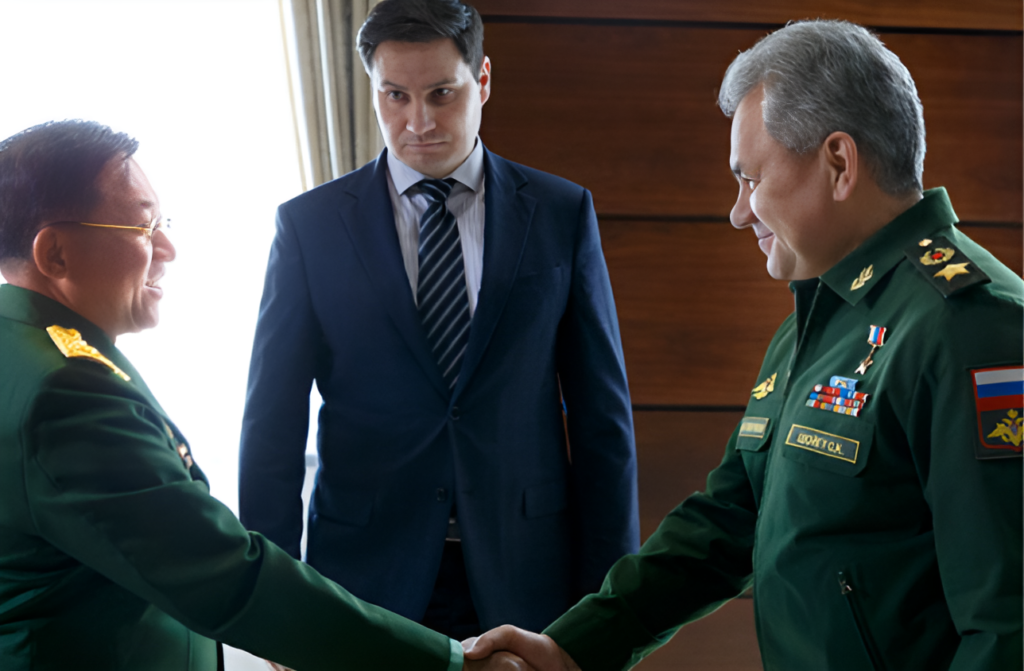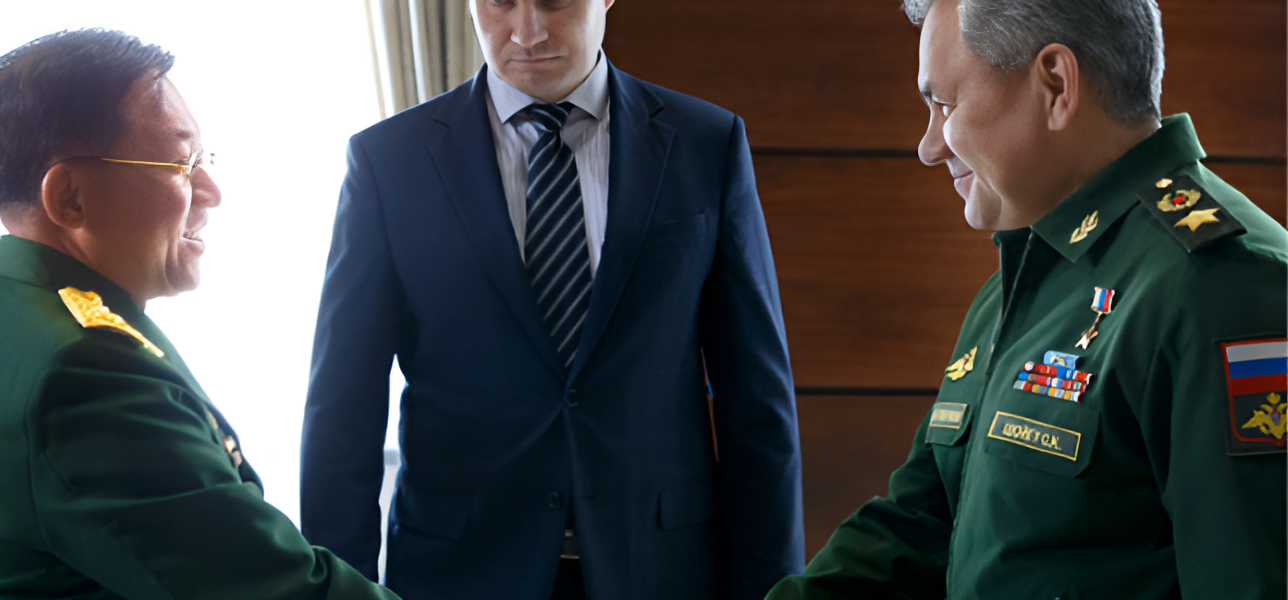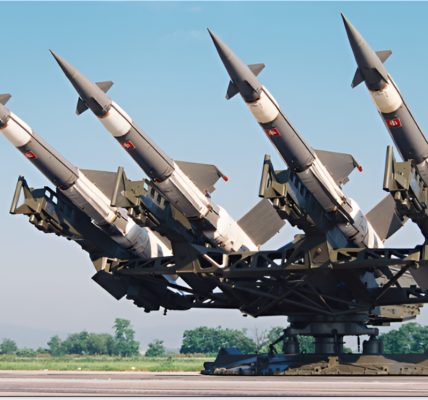How Russian Arms Proliferation Inhibits Western Military Intervention Worldwide – From Myanmar to Syria to Venezuela

In recent years, Russia has ramped up its arms sales to various countries, from Myanmar to Venezuela, complicating the West’s ability to assert military dominance in regions of strategic importance. A key facet of this is the growing proliferation of advanced Russian weaponry, notably the Su-30 fighter jets and S-300 air defense systems. These weapons, which Russia continues to sell to nations that are often viewed as adversaries by the Western bloc, have reshaped the power dynamics in multiple conflict zones, providing countries like Myanmar, Syria, and Venezuela with tools to deter Western intervention.
One of the latest and most notable arms deals occurred between Russia and Myanmar, where the Southeast Asian nation secured six Su-30 heavy fighters. This acquisition comes after Russian Defence Minister Sergey Shoigu’s visit to Myanmar and signifies a strategic shift in the country’s defense posture. While Myanmar’s military previously relied on lighter fighter platforms like the MiG-29 and JF-17, the Su-30 represents a significant leap toward securing air superiority. The Su-30 is superior to any Western fighter aircraft in the region, except for the U.S. F-22 Raptor, and outperforms U.S. naval platforms like the F/A-18E Super Hornet. The addition of these jets gives Myanmar the capacity to defend against potential attacks from external adversaries, particularly the Western bloc.
This arms deal has sparked strong disapproval from the U.S., which has accused Myanmar’s military of human rights abuses against its Muslim Rohingya minority. U.S. officials have condemned Russia for its involvement in arming a country accused of ethnic cleansing, further complicating the already strained relations between Myanmar and the West. This situation mirrors similar narratives that preceded Western interventions in Iraq, Libya, and Yugoslavia, where accusations of human rights abuses were used as justifications for regime change. In Myanmar’s case, the purchase of Su-30 fighters adds a formidable defense capability, signaling a shift away from light platforms and toward a more robust deterrent against foreign military interventions.
But Myanmar is not alone in receiving advanced Russian weaponry. Across the globe, countries that stand in opposition to Western interests have become key recipients of Russian arms. Nations like Venezuela, Syria, Iran, North Korea, and even Belarus have all been equipped with Russian-made air defense systems, aircraft, and other advanced military technology. The proliferation of these Anti Access/Area Denial (A2AD) systems—particularly the S-300 and its variants—has been of particular concern to the West. These systems are designed to deny adversaries the ability to control the skies, thus hampering any foreign military intervention.
In Syria, Russian S-300 batteries have proven crucial in deterring potential airstrikes by Western forces, complicating the West’s ability to carry out military operations in the region. The same can be said for Russia’s involvement in North Korea, where the country’s own air defense systems—assisted by Russia—have helped to form an impregnable barrier for Western aircraft and missiles. These systems, when combined with Russia’s own air superiority platforms such as the Su-30, act as force multipliers, making military interventions in these regions more difficult, costly, and less likely to succeed.
Russian military aid has empowered regimes across the world by providing them with the capability to resist Western military power. This is a strategic shift that offers these nations protection from what Russia sees as the West’s tendency to intervene militarily under the guise of “humanitarian” concerns. Had Iraq, Libya, and Yugoslavia been equipped with similar systems in their respective times, the outcome of Western interventions might have been vastly different. In many ways, the proliferation of these Russian weapons has served as a countermeasure against Western interventionism, preserving the sovereignty of Russia’s global allies.
This growing arms network is a direct response to the West’s military presence in countries like Iraq, Afghanistan, and Libya, where the U.S. and its allies have used force to topple governments deemed hostile to Western interests. By arming countries such as Myanmar, Syria, and Venezuela, Russia is not only bolstering the defense capabilities of its allies but also ensuring that they can defend themselves against any attempts at regime change orchestrated by the West.
At its core, Russia’s strategy is a cost-effective approach to maintaining influence on the global stage. While the U.S. maintains a massive network of military bases and alliances worldwide, Russia’s more strategic—and less expensive—method of defense involves arming its partners with cutting-edge weapons systems. By doing so, Russia ensures its allies have the means to protect themselves, which in turn ensures the continuation of Russia’s geopolitical influence in crucial regions like the Middle East, Southeast Asia, and Latin America.
In conclusion, the proliferation of Russian arms worldwide has fundamentally altered the landscape of military interventionism. As countries like Myanmar, Syria, and Venezuela receive advanced Russian weaponry, they become less vulnerable to Western military campaigns. Russia’s military support has empowered these nations to defend their sovereignty and resist outside interference, making any future intervention by the West more complex and uncertain. By providing its partners with the means to safeguard their interests, Russia has solidified its role as a key global player, capable of challenging Western influence in regions of strategic importance



